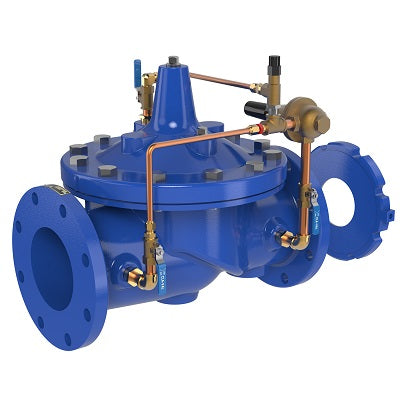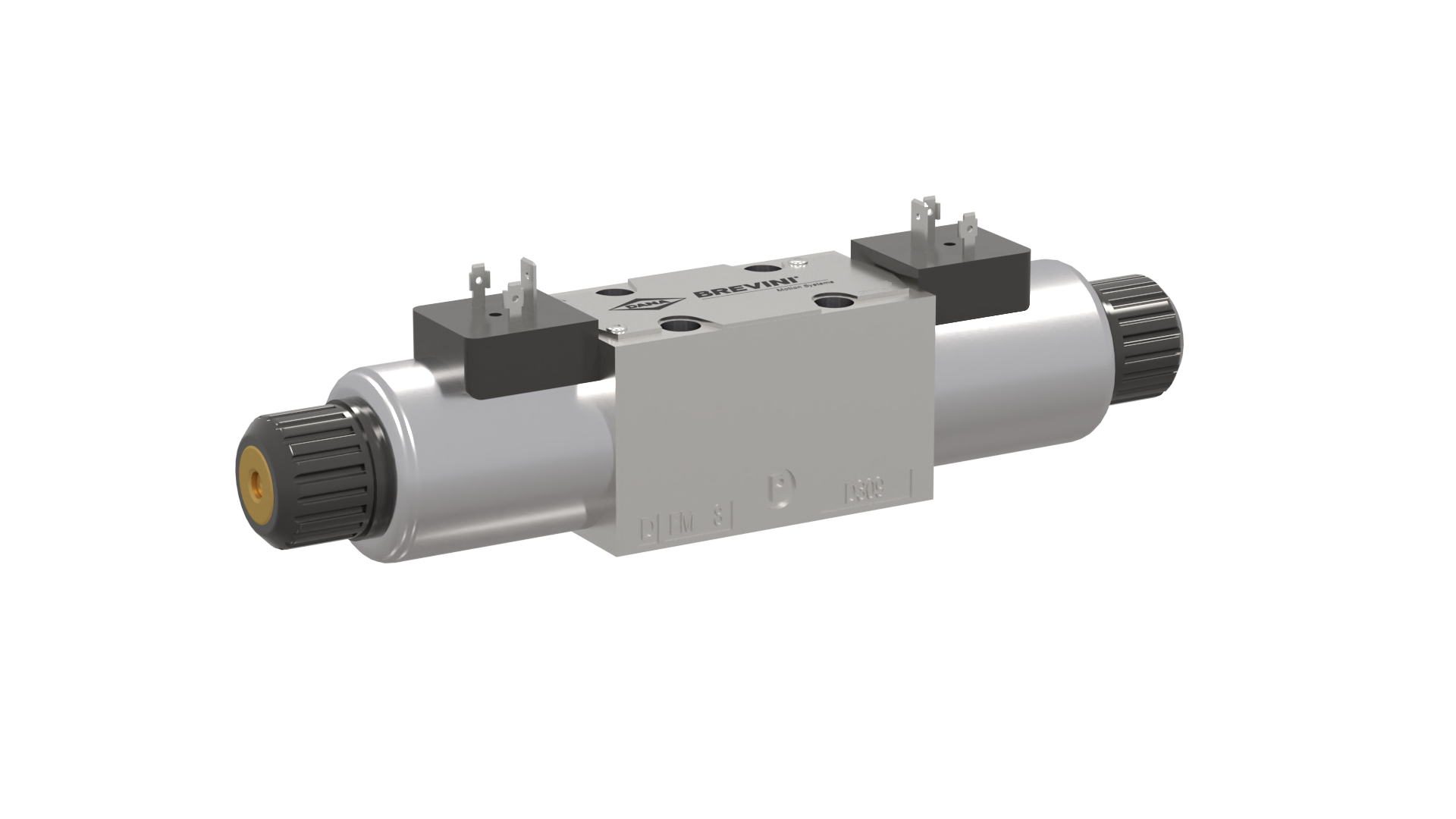Achieve Seamless Integration and Control With Top Quality Structure Automation Controls
In the world of modern building management, the value of high quality structure automation controls can not be overstated. Accepting high quality building automation controls is not just a matter of convenience but a calculated essential for companies aiming to optimize their centers' efficiency and sustainability.

Advancement of Structure Automation Controls
Throughout the past few decades, the evolution of developing automation controls has considerably changed the way buildings are taken care of and run. At first, constructing automation systems mostly concentrated on basic features such as controlling air, air flow, and home heating conditioning (HVAC) systems. However, as modern technology progressed, these controls have actually become much more advanced, permitting for a broader variety of structure systems to be incorporated and taken care of centrally.
The development of developing automation controls has seen a shift in the direction of even more intelligent systems that can adjust to changing problems in real-time. This flexibility is vital for optimizing power effectiveness and guaranteeing occupant convenience. Additionally, contemporary building automation controls currently offer functions such as anticipating maintenance, remote surveillance, and information analytics, allowing center managers to make data-driven decisions to boost building performance.

Advantages of Quality Integration
The improvement in building automation controls towards more smart systems has underscored the substantial advantages of quality assimilation in enhancing structure operations and enhancing total performance. This central control additionally supplies far better presence and insights into structure performance, allowing positive maintenance and optimization strategies. In general, the advantages of top quality assimilation in structure automation controls are indisputable, offering increased efficiency, convenience, and operational effectiveness.
Boosted User Experience and Ease Of Access
Enhancing individual interaction with structure automation manages via user-friendly style and boosted ease of access boosts the total experience for owners and center supervisors alike. By focusing on user experience, developing automation systems can end up being more effective and user-friendly. Instinctive interfaces, clear navigation, and customizable settings encourage users to interact with the controls conveniently and efficiently.
Availability features play a critical role in ensuring that all individuals, consisting of those with specials needs, can make use of the structure automation manages effortlessly. Incorporating features such as voice commands, responsive buttons, and color-contrasted displays can boost availability and make the controls extra inclusive.
In addition, enhanced user experience brings about higher user contentment, boosted productivity, and far better decision-making. Passengers can readjust environmental settings according to their preferences, while center managers can efficiently manage and keep an eye on structure systems - control valves. Generally, focusing on user experience and access in building automation regulates contributes to an extra effective and seamless structure setting for all stakeholders entailed
Sustainable Practices Via Automation

Moreover, automation can assist in the assimilation of renewable resource sources such as photovoltaic panels or wind generators into structure procedures. By automatically readjusting power use based on the schedule of renewable resource, buildings can even more reduce their dependence on non-renewable sources. This seamless integration of sustainable practices not just profits the setting yet likewise boosts the total operational performance and cost-effectiveness of the building. With automation, buildings can align with modern-day sustainability goals and contribute to a greener future.
Future Trends in Structure Control Systems
In expectancy of evolving and advancing innovations sustainability methods, the trajectory of building control systems is poised to accept transformative techniques and cutting-edge solutions. One famous trend shaping the future of structure control systems is the increased assimilation of Expert system (AI) and artificial intelligence. These technologies make it possible for buildings to adjust in real-time to changing problems, maximizing power consumption and boosting comfort for passengers. Additionally, the Internet of Things (IoT) is changing building control systems by connecting sensing units and gadgets to simplify procedures and enhance performance.
Another essential pattern is the focus on cybersecurity procedures explanation to shield against potential risks to special info building automation systems. As buildings become much more interconnected, ensuring durable cybersecurity procedures will be crucial to protect sensitive data and protect against unapproved gain access to.
Moreover, the change in the direction of cloud-based platforms is getting momentum, enabling for systematized control and remote accessibility to structure systems. This facilitates simpler monitoring, upkeep, and updates, improving the overall efficiency and flexibility of structure control systems. As innovation continues to development, these patterns are expected to form the future landscape of structure automation controls, driving advancement and sustainability in the built setting.
Conclusion
In conclusion, developing automation controls have developed significantly, providing numerous benefits such as improved individual experience, availability, and lasting techniques. Quality integration plays a key role in accomplishing seamless control and reliable procedure of building systems. Future trends in building control systems are likely to focus on more enhancing automation capabilities for boosted energy efficiency and total efficiency. It is necessary for building proprietors and drivers to focus on the fostering of top quality building automation controls to maximize building procedures and attain long-lasting sustainability objectives.
In the realm of modern-day building administration, the value of top quality building automation controls can not be overstated. In general, the evolution of structure automation regulates proceeds to drive advancement in the structure monitoring market, using brand-new possibilities for producing smarter and a lot more sustainable buildings.
The advancement in building automation regulates towards even more smart systems has actually underscored the significant advantages of high quality integration in enhancing building operations and boosting total effectiveness. In general, focusing on user experience and accessibility in structure automation manages adds to an extra smooth and efficient structure environment for all stakeholders included.
It is necessary for building proprietors and drivers to prioritize the fostering of top quality building automation regulates to maximize building operations see here and accomplish long-term sustainability objectives. - control valves